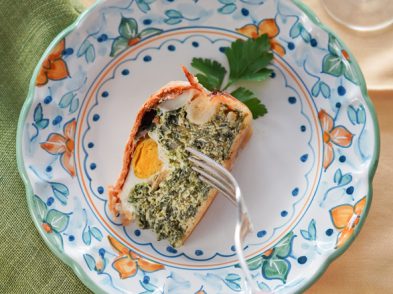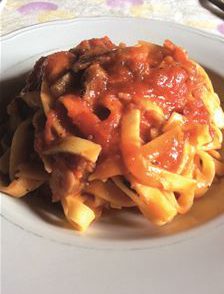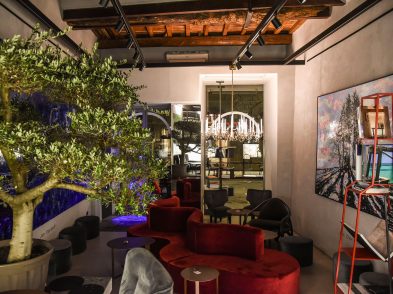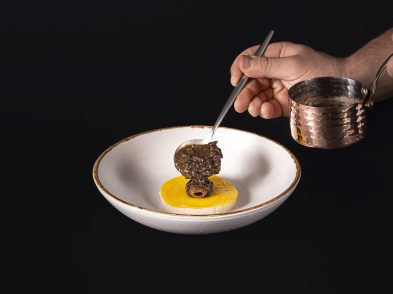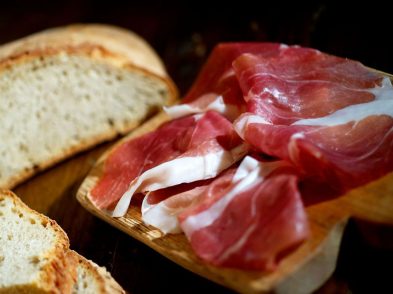
Infusing whole-grain alcohol or 100-proof vodka with fresh and dried herbs is a common practice in the countryside, and the resulting digestivi are great way to end a meal. Spring and early summer are a great time to forage for fresh herbs, either outdoors or in your local mercato. But June 24 is a special day for gathering the key ingredient for a local specialty: the green walnuts that flavor nocino.
The alchemy of infusion yields digestivi, after-dinner drinks to be sipped from a tiny glass. One such digestivo is rosolio, a delicate homemade liqueur of roses, mint or other floral infusions. Not surprisingly, regions, provinces and towns each have their specialties. Today’s best-known digestivo is limoncello from the Amalfi Coast.
Tuscany’s digestivo is nocino, made from green walnuts harvested on June 24, the day of St. John the Baptist, patron saint of Florence. Other areas have their own versions, among them Italy’s other walnut-growing regions around Modena and Naples. In Naples it is known as nocillo. Modena has a special registered recipe for its version.
Nocino is one of many recipes that are traditionally made only on special dates to coincide with a harvest. The green walnuts, picked on June 24, can still be cut with a knife, as the hard shells are not yet formed inside the walnut husks.
If you want to make your own nocino this June, try the recipe I share here, and don’t wait too long or the walnuts will already start forming their shells. Be sure to wear gloves as walnuts—used as a natural dye for textiles and hair—will stain your hands.
You don’t have to sip the digestivo either: I love to drizzle the liqueur over vanilla ice cream. And waste not: some people save the walnut pieces, cover them with sherry and serve them chopped as dessert.

Nocino (Italian walnut liquor)
Ingredients
30 walnuts, green and unripe
1 liter 95% alcohol
Zest of 1 large lemon, in large pieces (use a potato peeler)
(For nocillo, add 2 cinnamon sticks, 5 cloves and 13 coffee beans)
Simple syrup: bring to a boil 3 cups sugar and 4 cups water; simmer for 5 minutes; cool
Method
Clean the walnuts with a damp towel and cut into quarters. Place in a large jar with the alcohol, cover, and let sit for 24 hours in the sun. Add lemon zest (or, for nocillo, spices and coffee beans). Still leaving the jar in the sun, shake the jar once a day for 40 days. Then filter and add the simple syrup. Let age for another month. Serve in tiny glasses at the end of a meal and toast the saint.
Infusion mania
Once you start making your own digestivi, it is hard to stop. Many can be made at almost anytime of the year. Try single essences, such as sage, bay leaf, wild fennel green or elderflowers (San Germain). Infuse the herb in whole-grain alcohol until the flavor and color are extracted, then add the simple syrup. More complicated recipes include multiple flavorings, such as star anise, cinnamon, bitter orange zest or quinine bark. Be warned—one thing tends to lead to another: you might find yourself exploring bitters, used in cocktails, which involves a similar process of extracting flavors.

